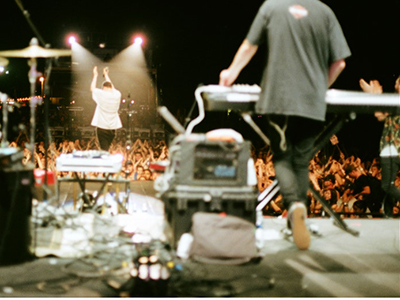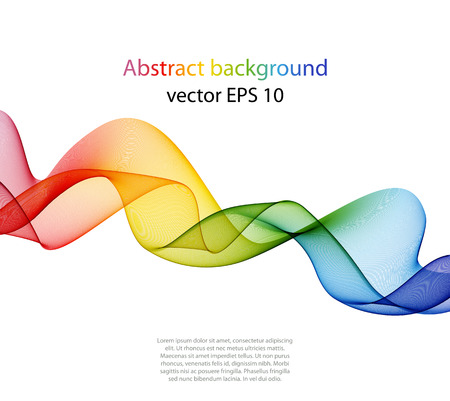【小站课堂】雅思阅读摘要题讲解--Volcanoes earth shattering news
- 2016年09月28日14:13 来源:小站教育作者:小站雅思编辑
- 参与(4) 阅读(29851)
小站独家,雅思阅读机经真题解析。一切患有雅思阅读刷题强迫症的烤鸭,请看这里。小站精心整理了一批雅思阅读机经真题。如果你的剑桥雅思阅读已是烂熟于心,那么这一系列的雅思阅读机经真题真的很适合你,搭配上绝对原创的讲解,还有全文的中文翻译,这等阅读大餐,还等什么!
Volcanoes earth shattering news
A
Volcanoes are the ultimate earth-moving machinery. A violent eruption can blow the top few kilometers off a mountain, scatter fine ash practically all over the globe and hurl rock fragments into the stratosphere to darken the skies a continent away.
But the classic eruption - cone-shaped mountain, big bang, mushroom cloud and surges of molten lava - is only a tiny part of a global story. Volcanism, the name given to volcanic processes, really has shaped the world. Eruptions have rifted continents, raised mountain chains, constructed islands and shaped the topography of the earth. The entire ocean floor has a basement of volcanic basalt.
Volcanoes have not only made the continents, they are also thought to have made the world's first stable atmosphere and provided all the water for the oceans, rivers and ice-caps. There are now about 600 active volcanoes. Every year they add two or three cubic kilometers of rock to the continents. Imagine a similar number of volcanoes smoking away for the last 3,500 million years. That is enough rock to explain the continental crust.
What comes out of volcanic craters is mostly gas. More than 90% of this gas is water vapor from the deep earth: enough to explain, over 3,500 million years, the water in the oceans. The rest of the gas is nitrogen, carbon dioxide, sulphur dioxide, methane, ammonia and hydrogen. The quantity of these gases, again multiplied over 3,500 million years, is enough to explain the mass of the world's atmosphere. We are alive because volcanoes provided the soil, air and water we need.
B
Geologists consider the earth as having a molten core, surrounded by a semi-molten mantle and a brittle, outer skin. It helps to think of a soft-boiled egg with a runny yolk, a firm but squishy white and a hard shell. If the shell is even slightly cracked during boiling, the white material bubbles out and sets like a tiny mountain chain over the crack - like an archipelago of volcanic islands such as the Hawaiian Islands. But the earth is so much bigger and the mantle below is so much hotter. Even though the mantle rocks are kept solid by overlying pressure, they can still slowly 'flow' like thick treacle. The flow, thought to be in the form of convection currents, is powerful enough to fracture the 'eggshell' of the crust into plates, and keep them bumping and grinding against each other, or even overlapping, at the rate of a few centimeters a year. These fracture zones, where the collisions occur, are where earthquakes happen. And, very often, volcanoes.
C
These zones are lines of weakness, or hot spots. Every eruption is different, but put at its simplest, where there are weaknesses, rocks deep in the mantle, heated to 1,350°C, will start to expand and rise. As they do so, the pressure drops, and they expand and become liquid and rise more swiftly.
Sometimes it is slow: vast bubbles of magma - molten rock from the mantle - inch towards the surface, cooling slowly, to show through as granite extrusions (as on Skye, or the Great Whin Sill, the lava dyke squeezed out like toothpaste that carries part of Hadrian's Wall in northern England]. Sometimes - as in Northern Ireland, Wales and the Karoo in South Africa - the magma rose faster, and then flowed out horizontally on to the surface in vast thick sheets. In the Deccan plateau in western India, there are more than two million cubic kilometers of lava, some of it 2,400 metes thick, formed over 500,000 years of slurping eruption.
Sometimes the magma moves very swiftly indeed. It does not have time to cool as it surges upwards. The gases trapped inside the boiling rock expand suddenly, the lava glows with heat, it begins to froth, and it explodes with tremendous force. Then the slightly cooler lava following it begins to flow over the lip of the crater. It happens on Mars, it happened on the moon, it even happens on some of the moons of Jupiter and Uranus. By studying the evidence, vulcanologists can read the force of the great blasts of the past. Is the pumice light and full of holes? The explosion was tremendous. Are the rocks heavy, with huge crystalline basalt shapes, like the Giant's Causeway in Northern Ireland? It was a slow, gentle eruption.
D
But volcanoes are not very predictable. That is because geological time is not like human time. During quiet periods, volcanoes cap themselves with their own lava by forming a powerful cone from the molten rocks slopping over the rim of the crater; later the lava cools slowly into a huge, hard, stable plug which blocks any further eruption until the pressure below becomes irresistible. In the case of Mount Pinatubo, this took 600 years.
E
Then, sometimes, with only a small warning, the mountain blows its top. It did this at Mont Pelee in Martinique at 7.49 a.m. on 8 May, 1902. Of a town of 28,000, only two people survived. In 1815, a sudden blast removed the top 1,280 metres of Mount Tambora in Indonesia. The eruption was so fierce that dust thrown into the stratosphere darkened the skies, cancelling the following summer in Europe and North America. Thousands starved as the harvests failed, after snow in June and frosts in August. Volcanoes are potentially world news, especially the quiet ones.
真题讲解:
Questions 22-26
Complete the .summary below.
Choose NO MORE THAN TWO WORDS from the passage for each answer.
Write your answers in boxes 22-26 on your answer sheet.
Volcanic eruptions have shaped the earth's land surface. They may also have produced the world's atmosphere and 22 Eruptions occur when molten rocks from the earth's mantle rise and expand. When they become liquid, they move more quickly through cracks in the surface. There are different types of eruption. Sometimes the 23 moves slowly and forms outcrops of granite on the earth's surface. When it moves more quickly it may flow out in thick horizontal sheets. Examples of this type of eruption can be found in Northern Ireland, Wales, South Africa and 24 A third type of eruption occurs when the lava emerges very quickly and 25 violently. This happens because the magma moves so suddenly that 26 are emitted.
长难句练习:
1. It helps to think of a soft-boiled egg with a runny yolk, a firm but squishy white and a hard shell.
参考译文:想象一个半熟的鸡蛋会有些帮助,流淌的蛋黄,坚实但又粘稠的蛋清,还有一层坚硬的蛋壳。
知识点:在这里it是形式主语,真正的主语是to think of---。
2. These fracture zones, where the collisions occur, are where earthquakes happen. And, very often, volcanoes.
参考译文:这些破碎的地方正是碰撞发生的地方,也是地震发生之处 ,通常也是火山出现的地方。
知识点:第一个where引导了非限制性定语从句,修饰主语these fracture zones,are 是系动词,where earthquakes happen是表语从句。
3. The gases trapped inside the boiling rock expand suddenly, the lava glow with heat, it begins to froth, and it explodes with tremendous force.
参考译文:沸腾的岩石中所包含的气体突然膨胀,熔岩因为受热而闪闪发光,岩浆开始冒泡,接着以巨大的力量爆发。
知识点:第一个分句的主语是the gases,trapped inside the boiling rock是过去分词做定语修饰主语。两个it 指代的是上句话提到的magma。












































